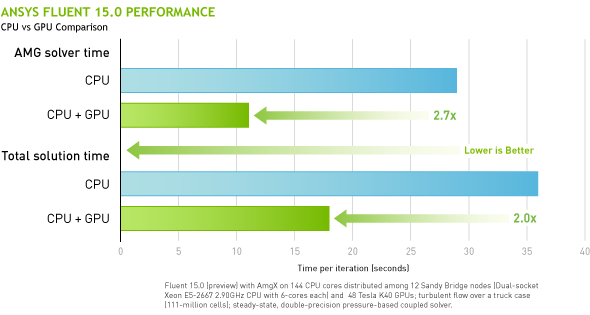

Table 26 shows a chart used to assign a numerical value to how well the software performs on each parameter, with 1 being very poor and 5 being very well. Common steps of FEA studies are performed on both software to identify how easy that step is, and potential roadblocks that require an alternative method.

Usability Comparisonīefore conducting any data analysis, the usability of each software is compared. Figure 2 below shows an Abaqus simulation of a car crashģ Problems with large distortions – for the same reasons as point 1, SolidWorks tends to struggle with scenarios involving large displacement and stresses, and the user is more limited when it comes to defining the properties of materials, despite it coming with a preexisting material library. Abaqus takes a more robust and less time-consuming approach to model shock actions along with the ability to model non-linear behavior better. Abaqus gives the user more control and has a built-in general contact feature, which automatically determines which surfaces come into contactĢ Rapid event- when it comes to modeling rapid events, a timeframe for the process to happen across is required, as no collision or drop is instantaneous, and SolidWorks offers a shorter one compared to Abaqus, making the solution harder. Non-linear problems involving multiple contact interactions - as the loads applied are increased, SolidWorks starts to struggle with the convergence process, as it’s less capable of handling the increased amount of data and therefore integration equations. However, as Abaqus is purely dedicated to FEA, its wider range of capabilities means that it takes the upper hand when it comes toġ. * Run analysis – The main output of the software is in the form of contour plots, which the user can refineģ. Software Capabilities: There is a lot of debate not just about which software produces the more accurate results, but also which offers the more complete package, in terms of ease to use and post-processing abilities. * Create mesh – The size and type of mesh are vital to the output of the simulations and are variables that can be changed before performing the analysis. * Apply loads – These include forces, pressures, or moments to the corresponding locations on the component * Apply boundary conditions – Sufficient constraints such as fixed edges or faces must be given, to prevent rigid body motion during static analyses * Select material – The mechanical properties of the component are required to carry out analyses The component is normally 3D, although some models can be simplified to 2D * Create part – the geometry of the component is generated. F.E.A Procedure: The following steps are done to accurately perform FEA simulations The most important independent variables of FEA are listed to show how users can affect the outcomes of a simulation.Ģ.

(Background extract from )ġ. Fundamentals of F.E.A: The majority of the literature review conducted in this article consists of reviewing the basic properties of FEA and features that could impact the analyses. Therefore, there will be a difference in the frameworks of the FEA packages offered by both software, especially in how partial differential equations are solved, the types of simulations available, the accuracy of results, and run time. Abaqus specializes in FEA, whereas SolidWorks has a built-in FEA package that can be used to analyze components that are designed within SolidWorks CAD. A lot of different FEA software packages are currently available, but the two that this project will focus on are Abaqus and SolidWorks FEA. Most of these processes are described using Partial Differential Equations (PDEs). In FEA, it is necessary to use mathematics to comprehensively understand and quantify any physical phenomena such as structural or fluid behavior, thermal transport, wave propagation, the growth of biological cells, etc. Some of its disadvantages include the inability to take into consideration the operating environment, the automatic assumption of a perfect material without defects, and requiring high-performance computers which can heavily drain resources. FEA possesses many benefits, the main one is that computational simulations remove the requirement to conduct physical experiments which reduces manufacturing and operating costs and eliminates potential risks which may arise during the testing of certain parts. Results produced by FEA simulations of validated models can also be extrapolated via parametric analysis, cutting down the time required to conduct all the necessary tests.


 0 kommentar(er)
0 kommentar(er)
